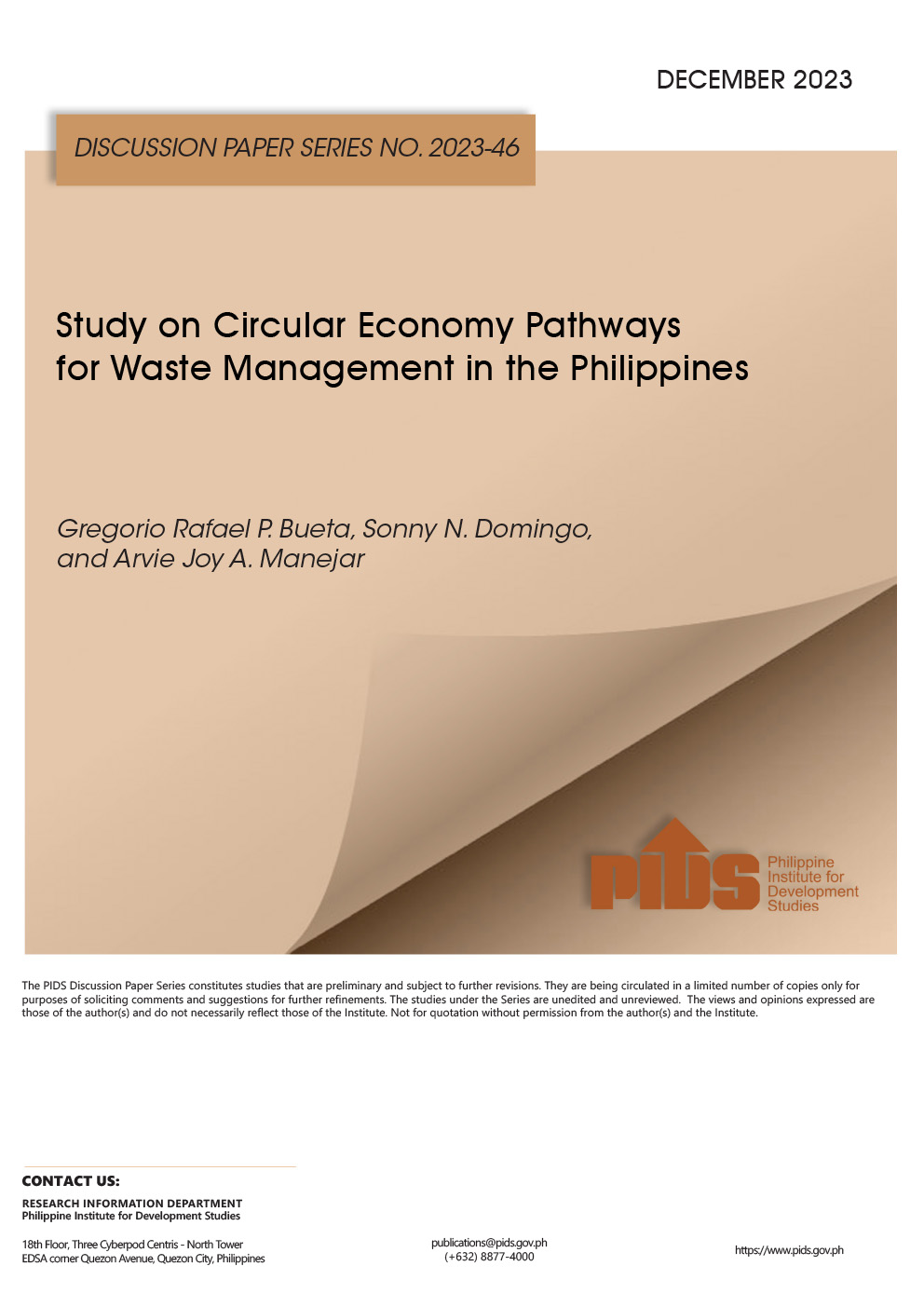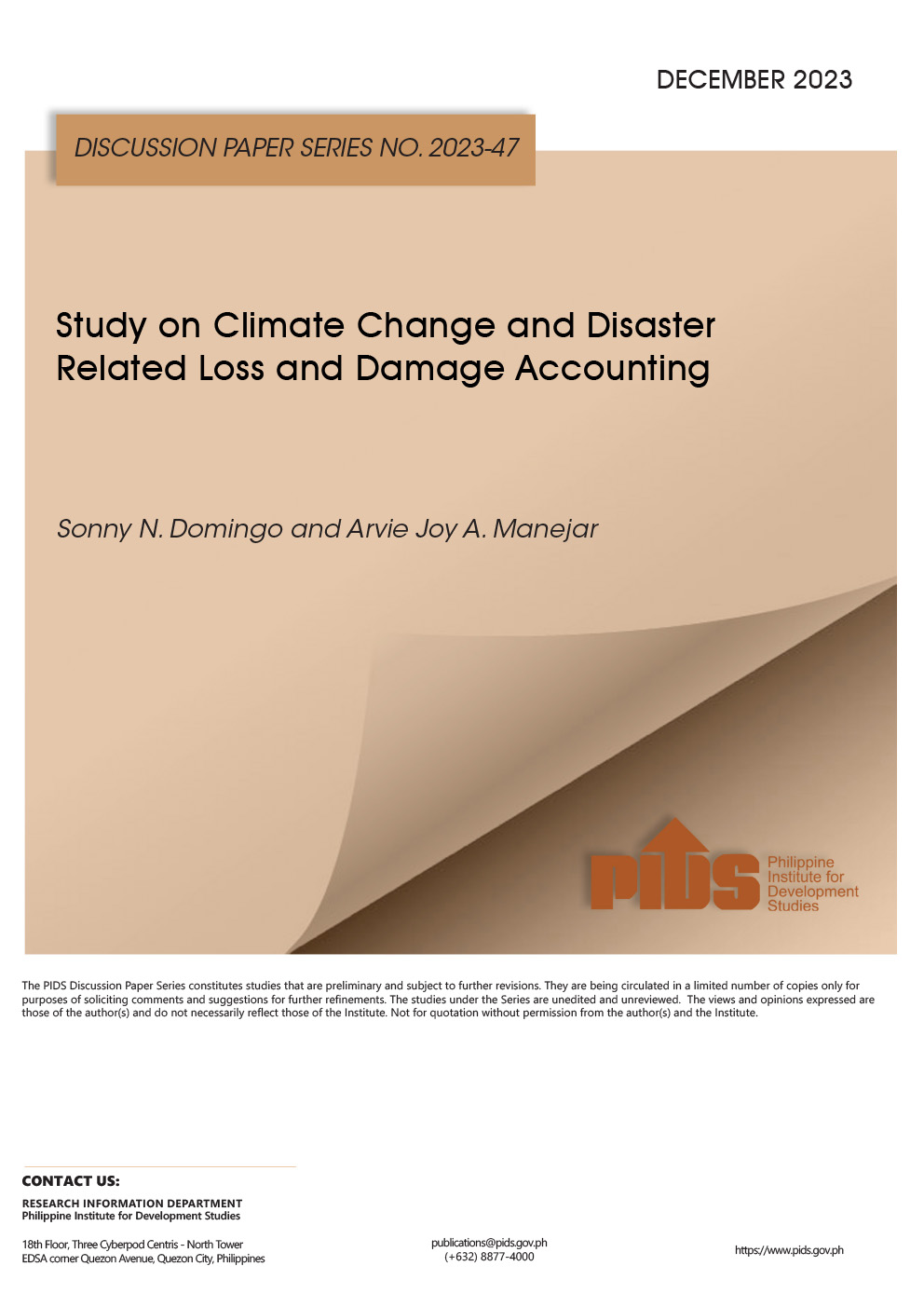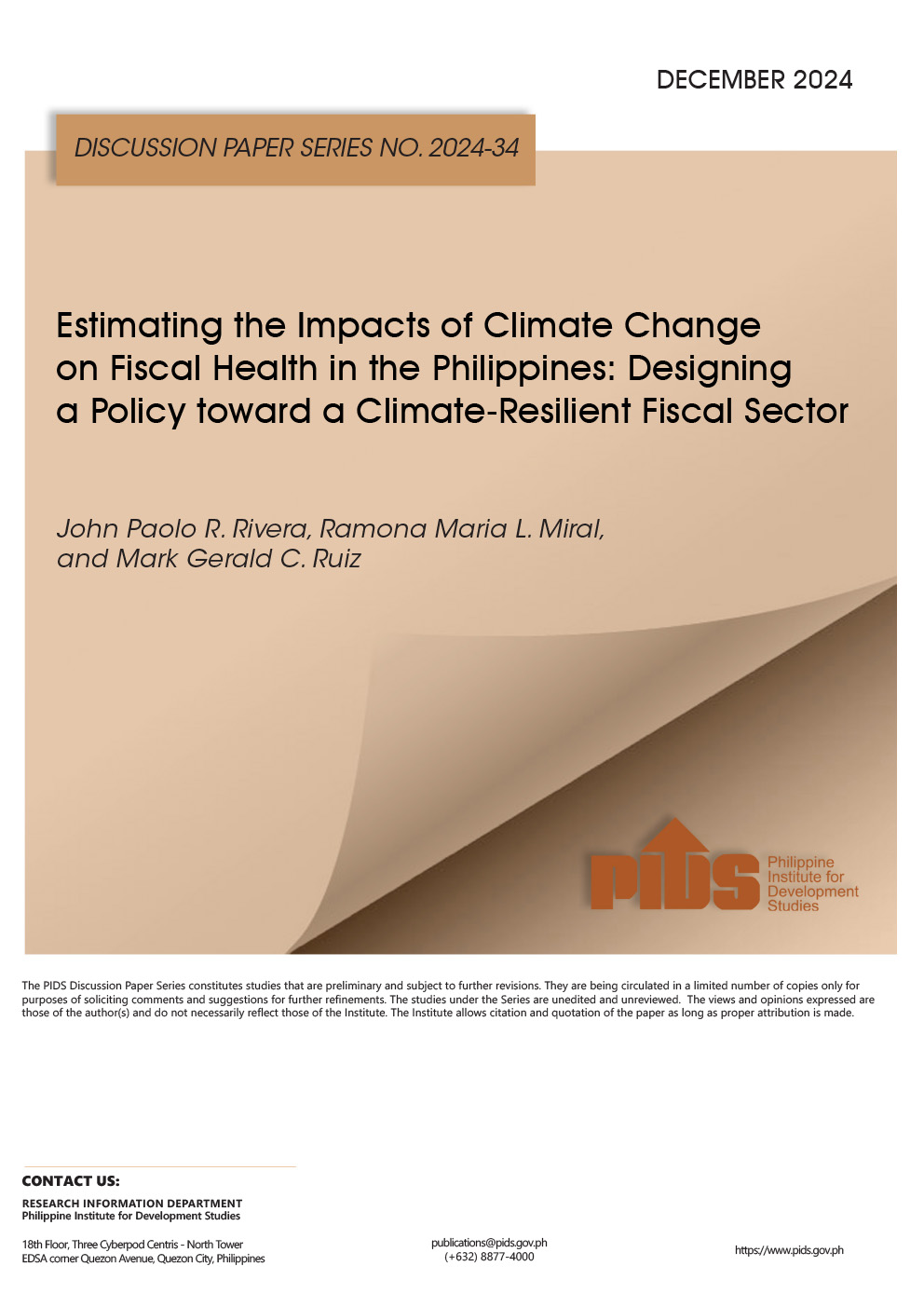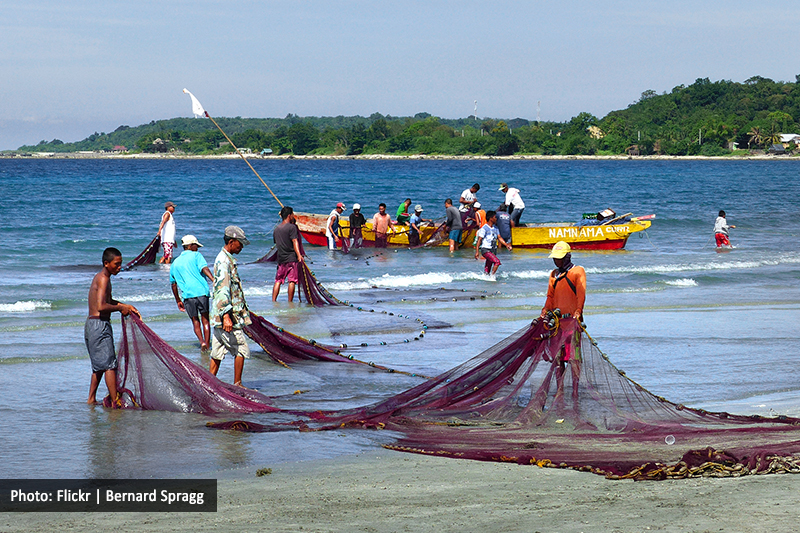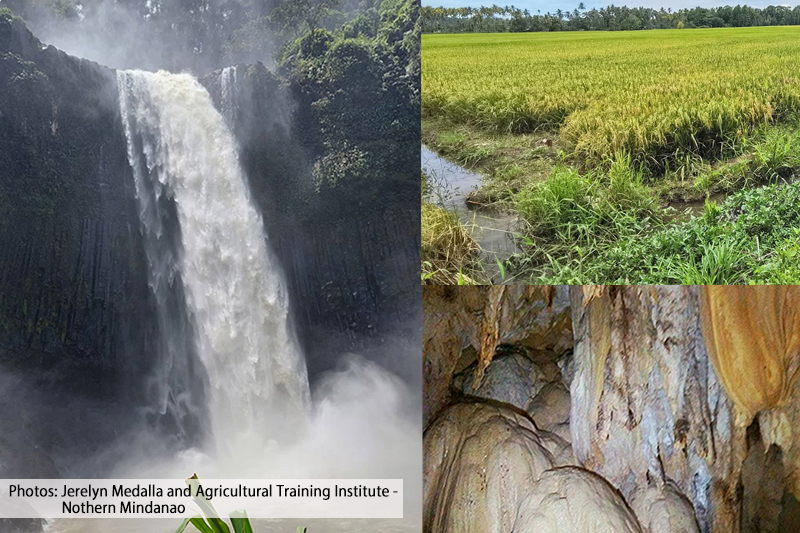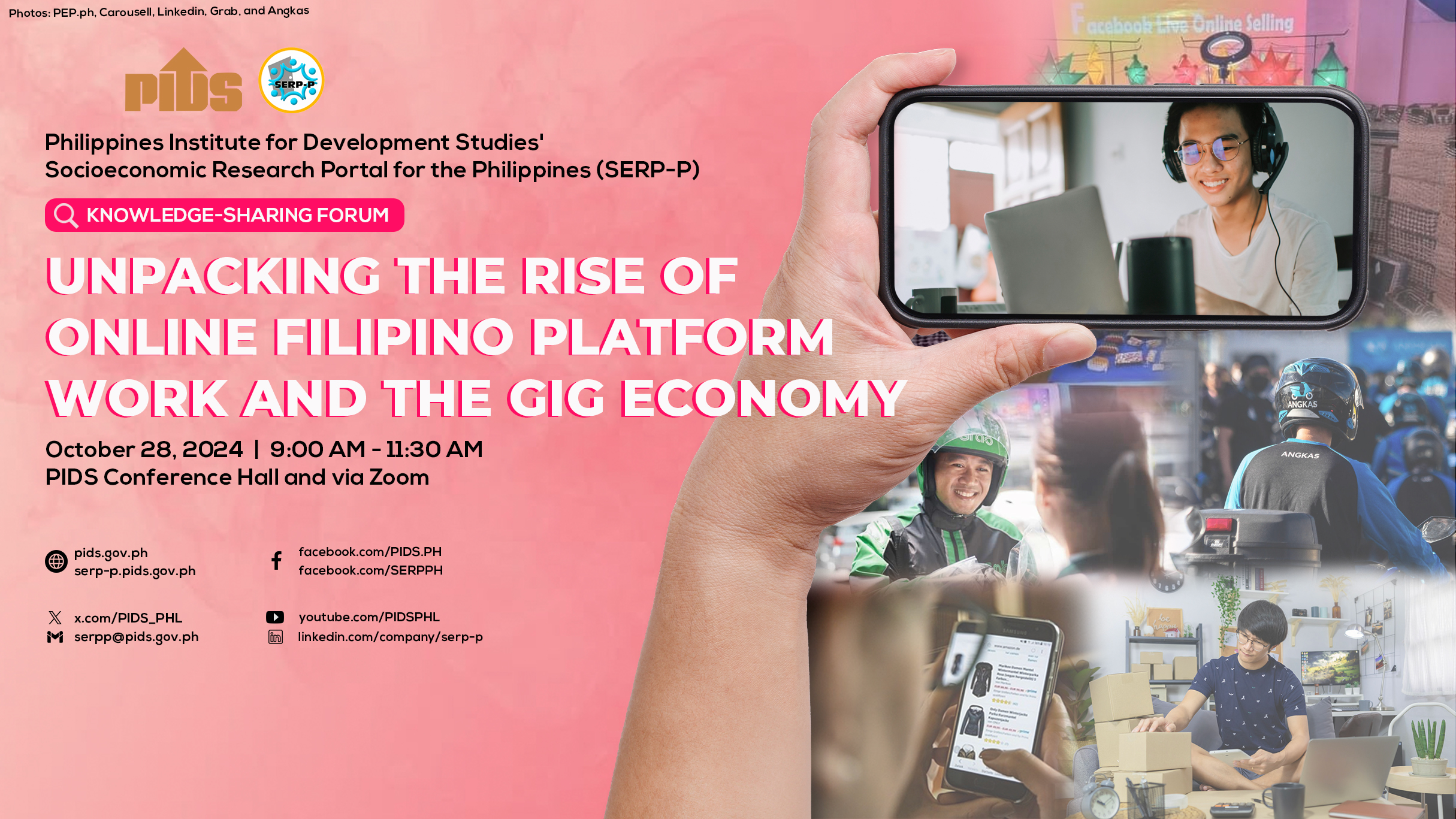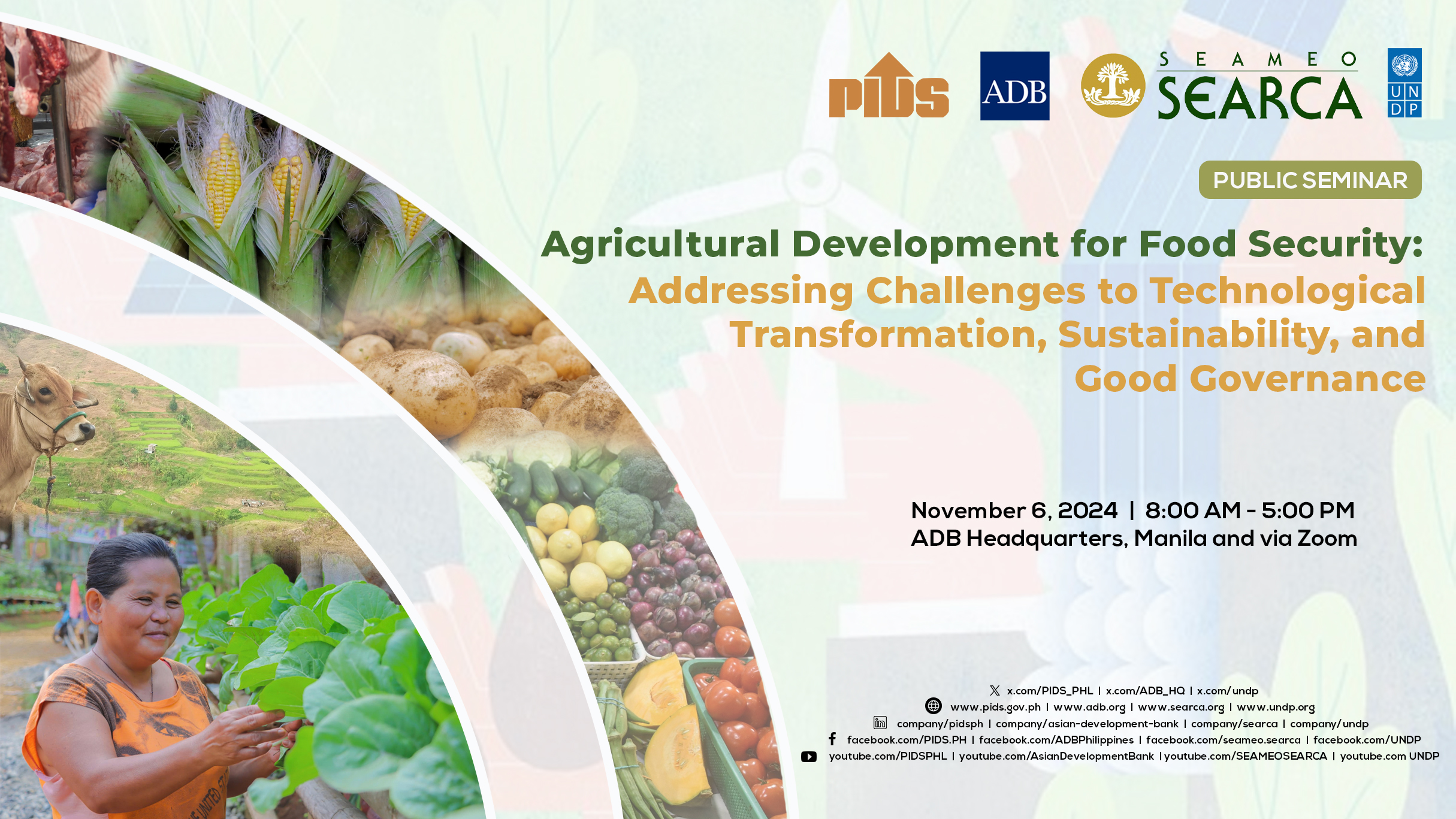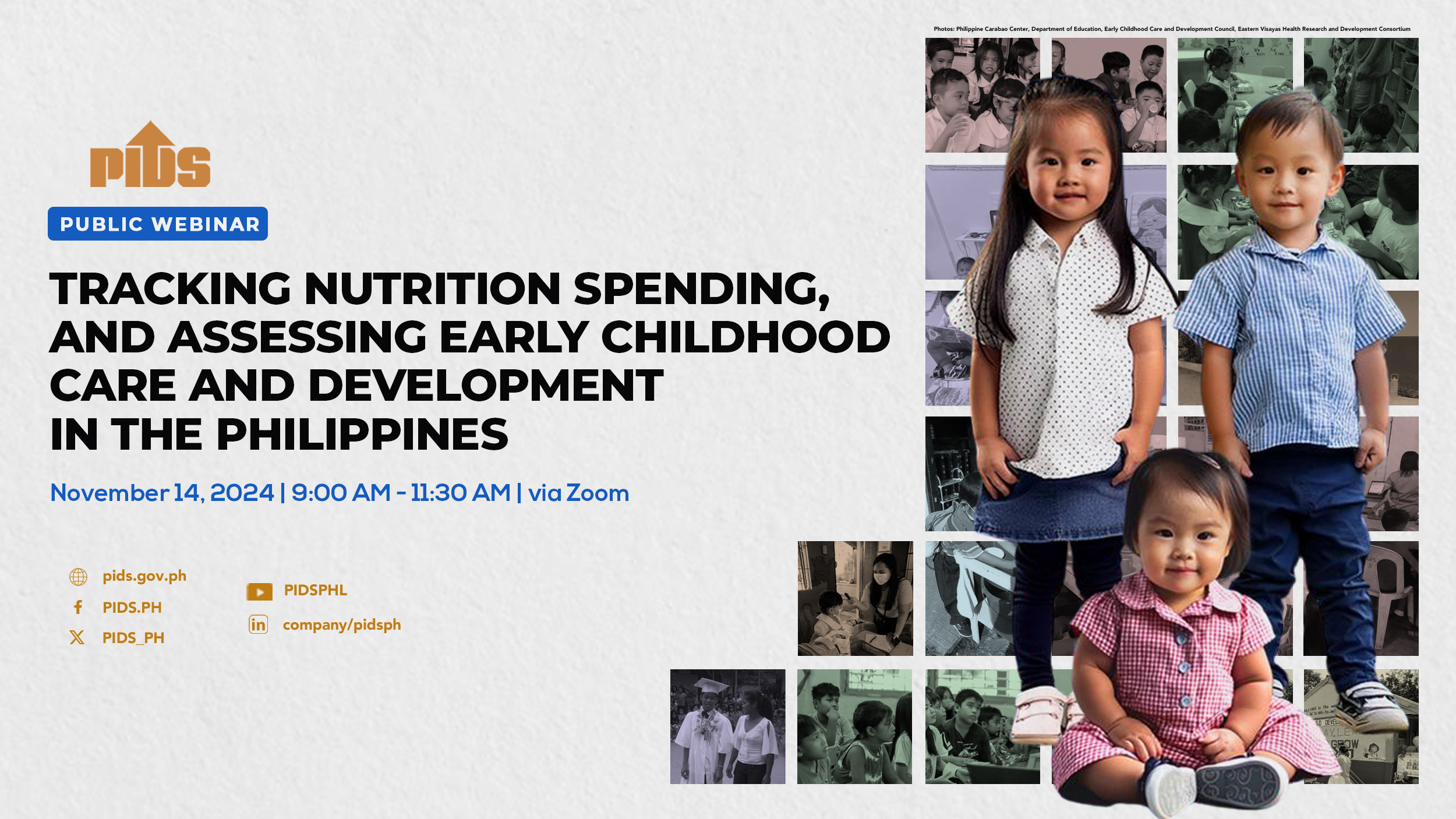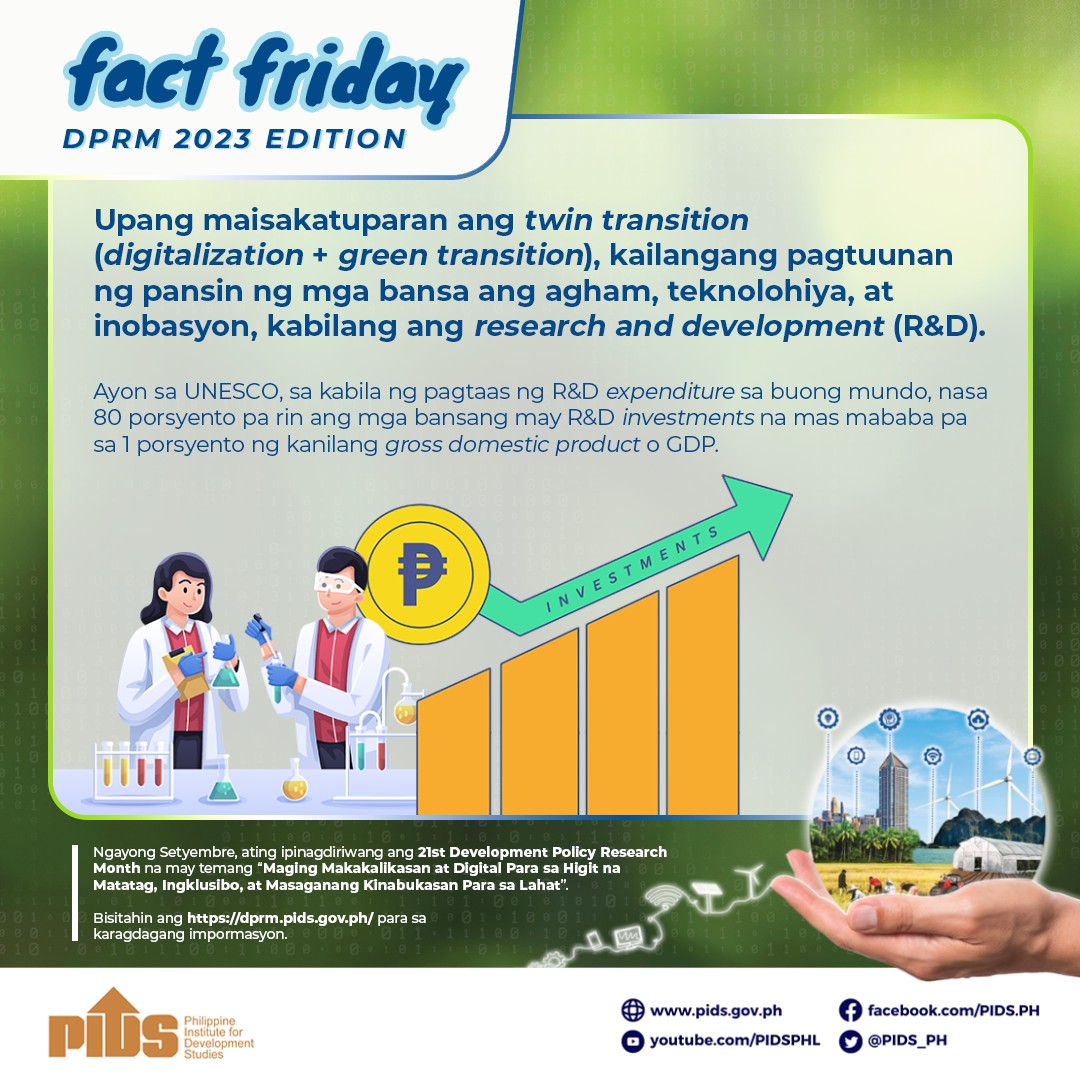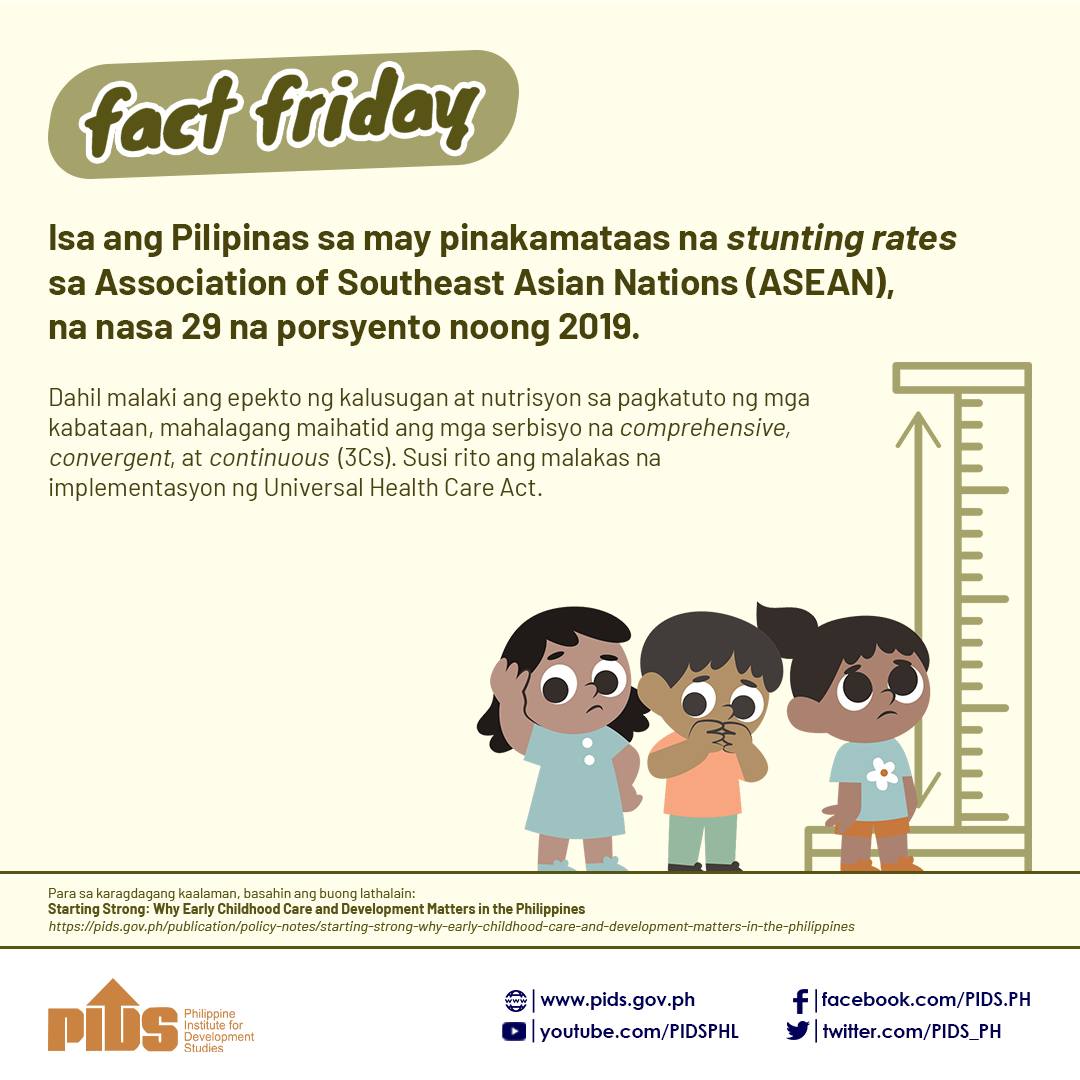I recently came across a video on YouTube that showed the Monterrazas: The Rise project of Slater Young, a former Pinoy Big Brother winner and now a real estate developer. He claimed that he was building “the first mountain development in the Philippines” where he would construct luxury condos on the slopes of a mountain in Cebu. He also boasted that he would preserve the natural beauty of the mountain by planting trees and creating a “green community”.
As someone who cares about the environment and the sustainability of our natural resources, I was appalled by this project and the way it was presented. I have so many questions and concerns about the impact of this project on the ecology, hydrology, and geology of the mountain, as well as on the people and communities living around it. Here are some of them, along with some sources that support my arguments:
- How many hectares of trees and the mountainside will they be demolishing to build the condos? Slater Young mentioned that the greenery of the condos will total 1 hectare, which they will be able to “give back” to the mountain. But how does that compare to the amount of vegetation and soil that will be lost due to the construction? How will they compensate for the loss of biodiversity, carbon sequestration, erosion control, and other ecosystem services that the mountain provides? According to a study by the University of the Philippines Los Baños, forest cover in Cebu has declined from 42% in 1900 to 3% in 2010, resulting in reduced water availability, increased soil erosion, and decreased wildlife habitat. Another study by the World Wildlife Fund estimated that deforestation in the Philippines causes an annual loss of $2.7 billion in ecosystem services, such as water regulation, climate regulation, and soil fertility.
- How much rainwater can they collect? Did they compare the volume of rainwater that their irrigation system and tanks can collect compared to the volume of rainwater that the trees and mountainside can collect, with roots absorbing water and the soil storing it? How will they prevent flooding and landslides that may occur due to the alteration of the natural drainage system of the mountain? How will they ensure that the water supply and quality of the downstream communities will not be affected by their project? A report by the Asian Development Bank warned that Cebu is facing a water crisis due to increasing demand, decreasing supply, and poor management. The report also noted that urbanization and deforestation have increased the risk of flooding and landslides in Cebu, especially during heavy rains. A study by the Philippine Institute for Development Studies found that watershed degradation in Cebu has led to reduced water yield, increased sedimentation, and lower water quality.
- Have they conducted an environmental impact assessment or had one conducted? If so, what were the results and recommendations? Did they consult with the local government units, environmental agencies, civil society organizations, and indigenous peoples who have stakes in the mountain? Did they obtain their consent and approval before proceeding with the project? If not, why not? Under Philippine law, any project that may have significant environmental impacts must undergo an environmental impact assessment (EIA) and obtain an environmental compliance certificate (ECC) from the Department of Environment and Natural Resources (DENR). The EIA process requires public participation and consultation with affected stakeholders. The ECC sets conditions and standards for mitigating and monitoring environmental impacts. However, there have been cases where EIAs were done poorly or not at all, or where ECCs were issued without proper consultation or compliance.
These are just some of the questions that I have for Slater Young and his Monterrazas: The Rise project. I hope that he will answer them honestly and transparently, and that he will reconsider his plans if they are found to be detrimental to the environment and the people. I also hope that he will use his influence and resources to promote more sustainable and inclusive development projects that respect and protect our natural heritage.

